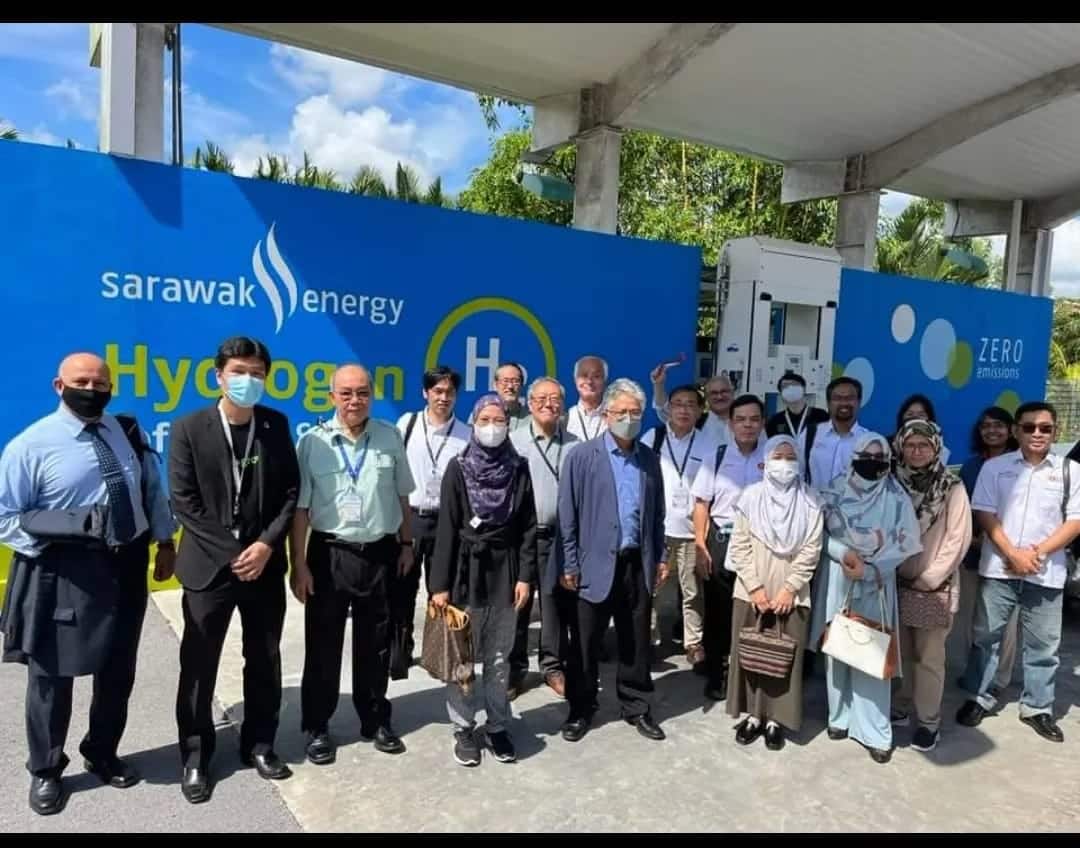Prepared by Associate Professor Ir. Dr Mimi Haryani Hassim, Ts. Mohd Fadhzir Ahmad Kamaroddin and Associate Professor Dr Anwar Johari
From the 27th to 28th of July 2022, the Institute of Future Energy (IFE), Universiti Teknologi Malaysia has crafted a remarkable and unforgettable moment of its own for the university when the conference on clean energy (ICCE 2022) that they organized received unexpected supports by the local state government of Sarawak, in-need financial supports by local and international key energy industrial players as well as massive news coverage by the local media of various platforms.
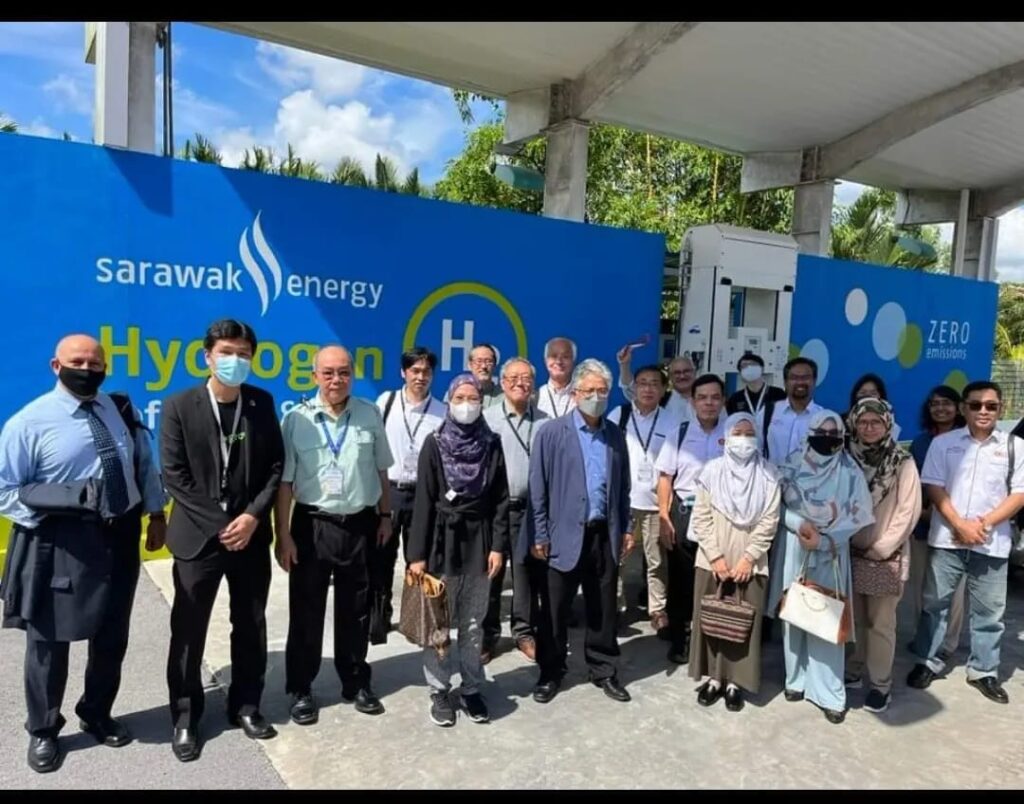
The conference, which was planned to be organized two years ago but was only able to finally be realized in the middle of this year due to the pandemic, brings forth a theme that really suits the aspiration, vision and new direction of Sarawak (the venue of the conference), which is related to the renewable and clean energy, covering from the R&D, to the know-how, to the best practices, including more aggressive yet safe development at the lowest possible costs and new opportunities.
Following the conference, on the next day, the IFE team arranged to visit the first integrated hydrogen production plant and refuelling station in Southeast Asia in Bintawa, Kuching.
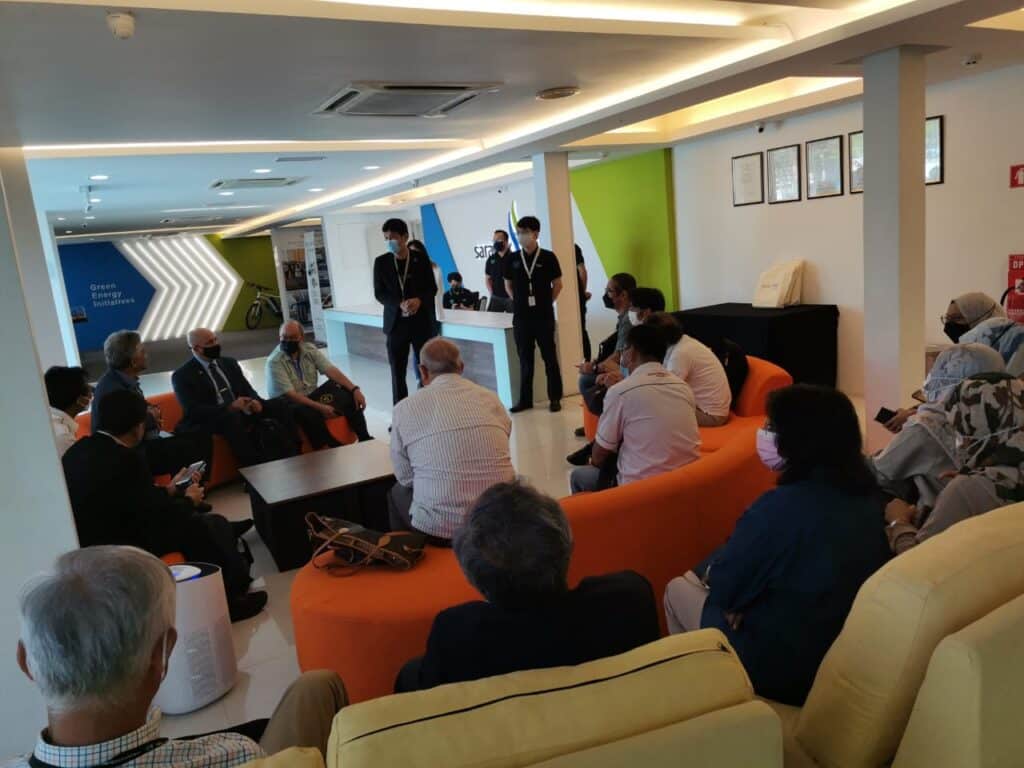
This project which was mandated by the state government to the Sarawak Energy Berhad (SEB), was developed by Linde EOX Sdn Bhd (Linde) and took around 1 year to complete.
The IFE delegates were also joined by several conference participants from Japan and Canada. We were greeted very warmly by the SEB team, led by Dr Ng Sing Muk, as the SEB General Manager R&D, and he was greatly supported by the hydrogen R&D team, led by Mr Aaron Khin Chee Hwa and Miss Pong Chun Hui.
The two-hour visit was very fruitful and informative. It started with a safety briefing and was followed by the SEB’s overall presentation on the energy business development, including the latest technology, hydrogen.
Currently, the technology employed to produce hydrogen in this plant is a water splitting process using the alkaline water electrolyzer. Sarawak is an advantage as they have abundant water reserves, with more than 20 major river basins throughout the state.
At the moment, they have two electrolyzer units (alkaline-type) with a capacity of 130 kg maximum hydrogen energy production per day.
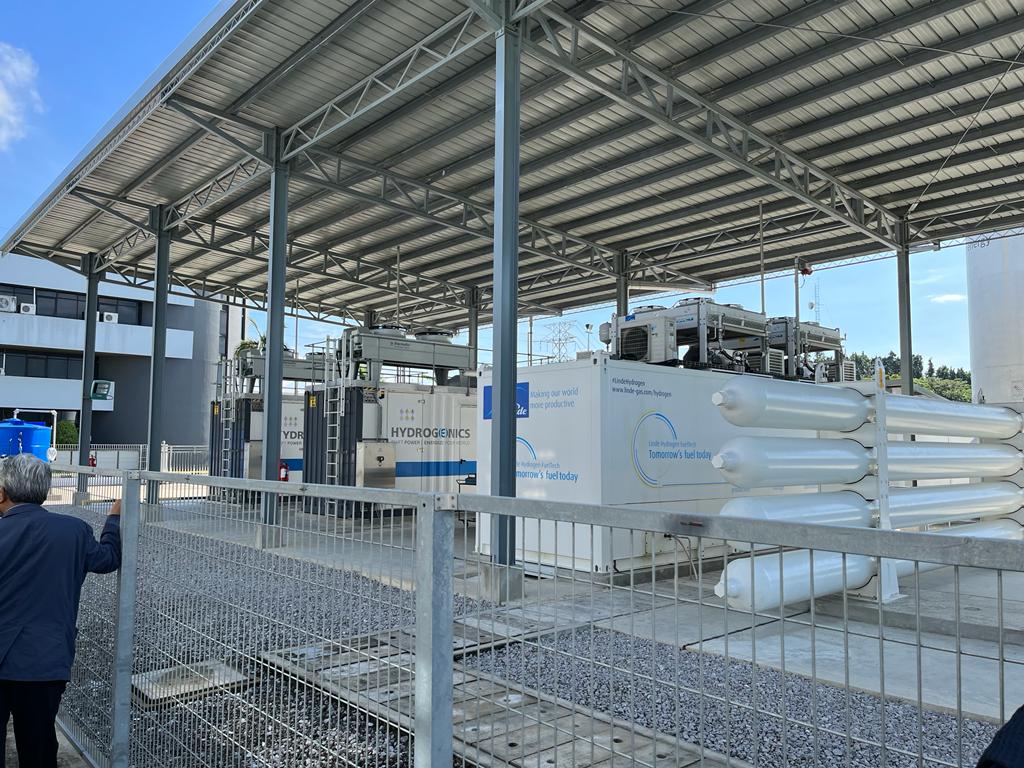
Basically, they have a continuous process, but the hydrogen synthesis will only be running three to four days a week due to the storage capacity.
This is more than expected since, as of now, the demand for this hydrogen fuel is not that high yet. Currently, they have six fuel cell electric vehicles (FCEVs), which comprise three hydrogen buses and three hydrogen cars which are actively operating.
But with the plan to exponentially expand hydrogen fuelled transportations in the future, including light metro trains, the hydrogen production rate and the number of refuelling stations in the state will also be increased accordingly.
The delegates were given a valuable experience of driving or riding in the hydrogen car – it was very smooth and delicate, with barely any noises heard throughout the ride, including when the engine started and turned off.
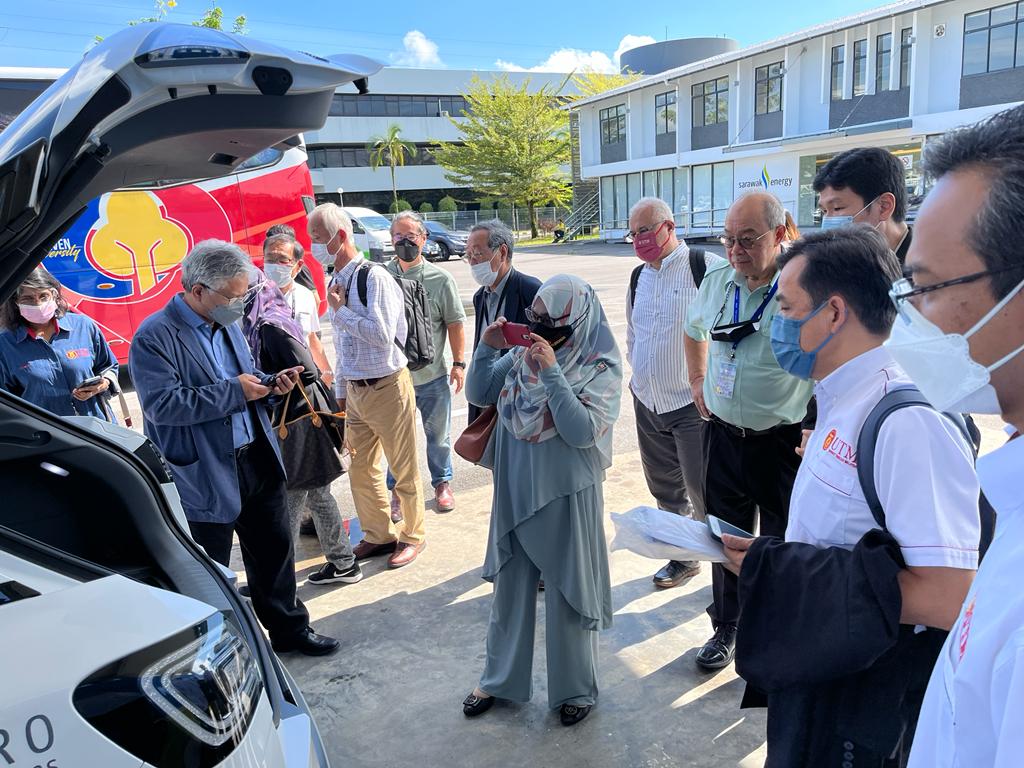
The car can run up to around 600 km per full tank of 6 kg hydrogen fuel. After the trip, some of the delegates also took a chance to get on the free-of-charge hop-on hop-off Kuching city tour by hydrogen-fuelled bus.
Riding all these with an understanding that all emitted to the environment from the exhaust system was merely water – nothing makes us prouder and happier to witness how technology can somehow bring the best for mankind and the environment.
Way forward, both teams have agreed to sit together beyond the meeting to seriously discuss how collaboration between these two organizations can be realized.
The nearest upcoming activity would be for the SEB representatives will visit the Centre of Hydrogen Energy’s Hydrogen and Fuel Cell lab on UTM KL Campus.
UTM, especially the Institute of Future Energy (IFE), surely is highly inspired and interested in working with the industries to be part of the team in realizing the nation’s hydrogen energy agenda.

